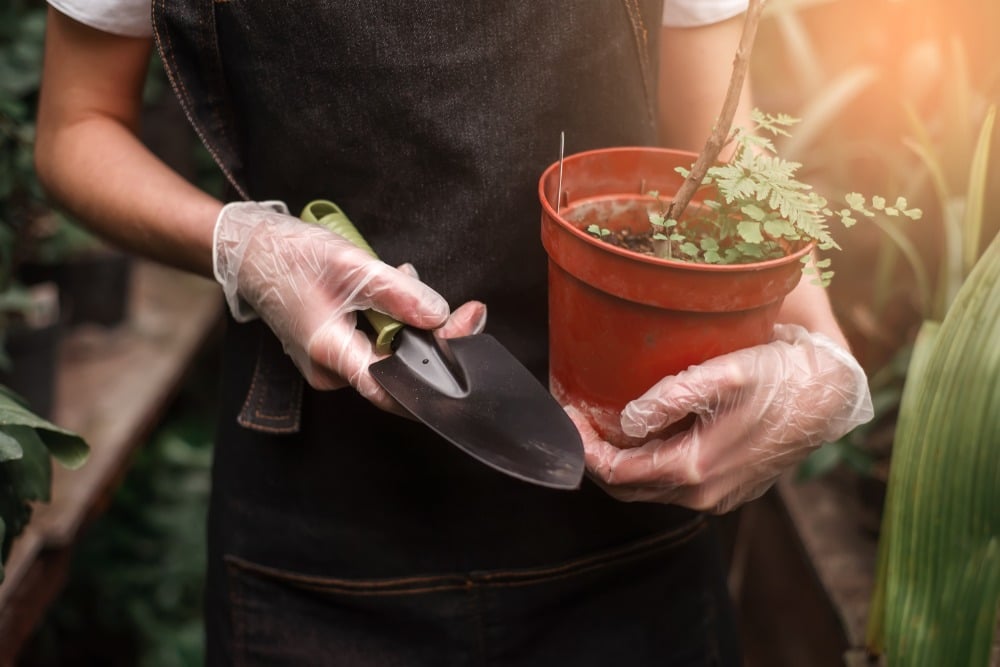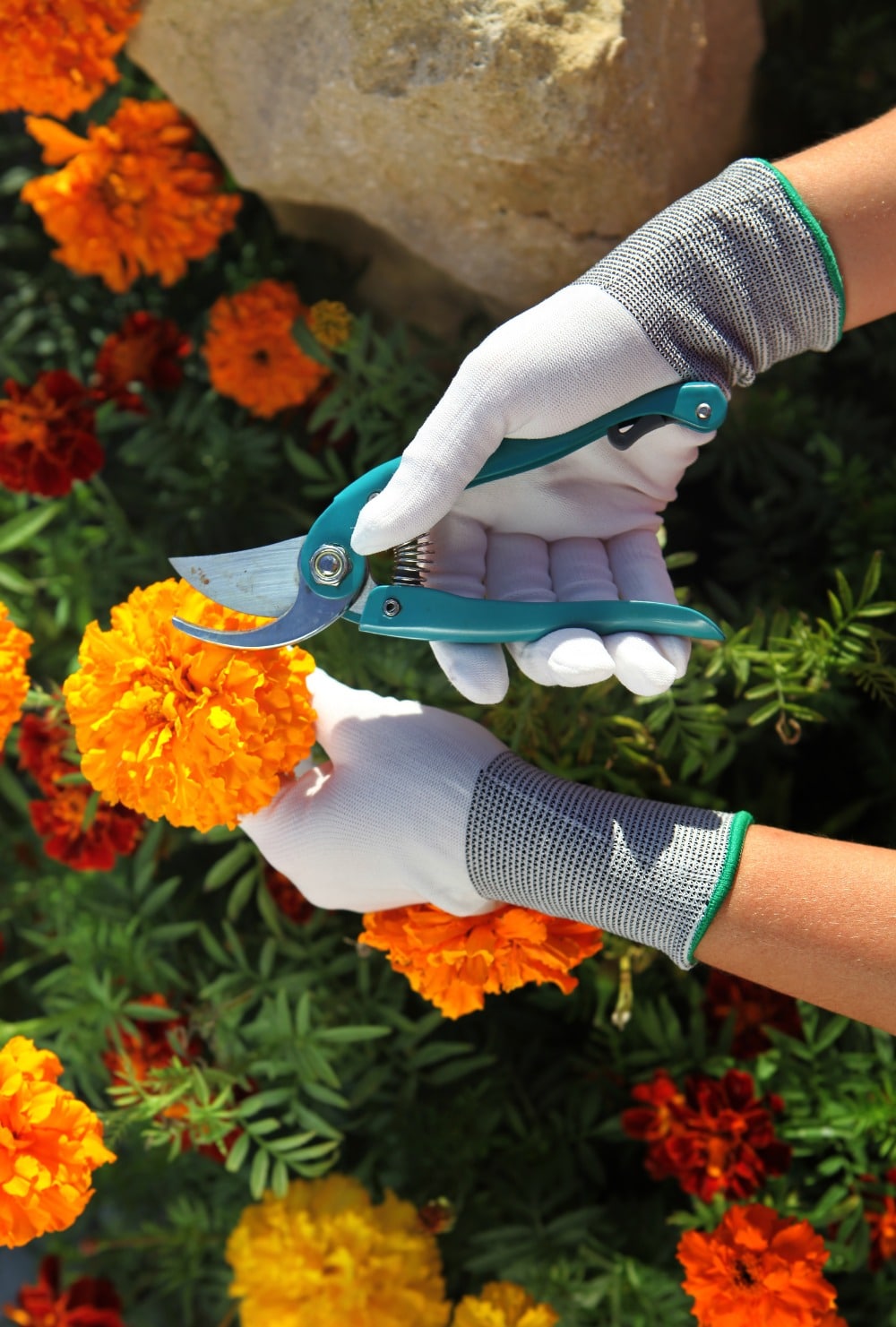Missouri gardens are in full bloom as summer reaches its peak and days become technically shorter. Gardeners are planning what flowers to plant in the fall and which native species to include. So, what is the fascination with native flowers? To begin with, native plants require little resources when seeded or planted. They are also abundant food sources for birds, butterflies, moths, insects, and other animals. Furthermore, native plants are vigorous and robust when properly planted and established. And, finally, they generally outperform other plants when nature throws unpredictable occurrences such as drought, floods, disease, and animals their way.
Thus, the following point is that native plants do not require as much fertilizer, disease management, or water as non-native plants. Thus, giving you time to focus on other areas of your flower or vegetable garden or just to relax and enjoy the view! Regardless of the landscape you are working with, you are sure to find the perfect native plants for your garden at Down to Earth Services. There are many intriguing options in leaf, shape, or bloom, whether dry or damp, shaded or sunny, tiny or vast.
Reasons to Plant in the Fall:
- Plants will put on new root development while the earth is still warm before going dormant.
- Because the temperatures are lower, plants require less water.
- Plants will enjoy two seasons of cold weather (fall and spring) before being subjected to scorching summer weather.
- Because they are not as susceptible to heat or drought, the plant devotes its energy to root development.
- Because the temperatures are lower, you don’t need to water as much.
- It’s a beautiful time of year to be outside, and you won’t break a sweat digging your holes.
- Fall planting makes spring upkeep easier. If you’ve finished your planting, all you’ll have to do in the spring is weed and tweak.

Make your fall garden stand out by including favorite late summer and fall flowering native perennials and incorporating vibrant colors, lovely blooms, and nectar for pollinators.
List of Fall Blooming Perennials
- Helianthus maximiliani (Santa Fe’ Sunflower)
- The color ‘Perfect Pink’ Phlox (Phlox nana var. nana var. nana var. nana var. nana)
- ‘Shimmer’ Evening Primrose (Oenothera fremontii)
- Maraschino Bush Sage (Salvia hybrid) is one of the best flowers to plant in the fall in zones six and above
- Autumn sage (Salvia greggii) in zones six and above
- Sage of the Prairie (Salvia azurea)
- Bee Balm (Monarda species)
- Skullcap hybrid ‘Dark Violet’ (Scutellaria’ Dark Violet’)
- Aster ericoides (First Snow)
- Goldenrod (Solidago)
- Hummingbird Trumpet (Zauschneria garrettii)
- Hummingbird Mint ‘Ava’ (Agastache hybrid)

Vines and shrubs
- Vine of Honeysuckle (Lonicera sempervirens)
- Rabbit Brush with Silver Leaf (Chrysothamnus nauseosus)
- Privet of New Mexico (Forestiera neomexicana)
Grasses for Decoration
- Blue Grama Grass (Bouteloua gracilis)
More on the Best Flowers to Plant in the Fall
Native flowers that bloom in the fall begin to bloom when kids are heading back to school. Autumn Phlox, Trumpet Honeysuckle, and Ox-eye Daisies bloom into the peak season of autumn, while Liatris, Coreopsis, and Monarda (Bee Balm) fade. Asters, Black-eyed Susans, Echinacea, and Rudbeckia, are all in bloom.

The Missouri Ironweed
The Goldenrods bloom, as does Vernonia missurica, also known as Missouri Ironweed. Down to Earth Services sells this lovely native, which grows to a height of around 3′ to 5’ feet. This species has distinguishing characteristics from other ironweed plants, such as the more significant number of disc florets on each flower and the hairy leaves and stem. Aside from the exceptionally unique and beautiful blooms of the Missouri Ironweed, it is also a favorite of many butterfly species. In the fall, the seed heads become a rusty color, thus the popular name. In the winter, the seed heads become a food source for birds.
Common Sneezeweed
Helenium autumnale, often known as Common sneezeweed, is another beautiful fall bloom. Beyond the clear orange-yellow of the straight species, there are brighter colors, including lovely oranges, red, and yellow.
Turtlehead
Finally, Turtlehead or Chelone glabra is a late-arriving bloom that ranges from white to pink and has dark green leaves. The Chelone glabra does very well when planted in the shade, and as long as it has adequate water, it can also withstand sunny areas.

Purple Love Grass
Eragrostis spectabilis, which is also known as Purple Love Grass, is another lovely fall-blooming native. You will often see it along the side of the road, and it makes a beautiful addition to any native-inspired garden.
More Indigenous Plants for Fall
Besides the vibrant colors of natives, the Missouri gardener may choose from a broad range of indigenous plants with intriguing foliage textures. For example, the Amsonia (Blue Star Plant), Hydrangea quercifolia, Rubus odoratus (Flowering Raspberry), and Oakleaf Hydrangea boast a coarse texture and broad leaves. These plants require adequate space and do well in mild to partial shade.
The magnificent orange, red, and purple of the Oakleaf Hydrangea prolong its seasonal appeal and contrast with the Flowering Raspberry, which has lovely blooms of lemon yellow. Additionally, Lindera benzoin (Spicebush), Amsonia tabernaemontana (Bluestar), and Clethra alnifolia (Sweet Pepperbush) will enhance your fall color palette with beautiful hues of yellow.
Fall Planting Tips
Digging in the earth can be very soothing. Don’t let the chill in the air in fall deter you because fall is the perfect season to work on your landscape. The earth continues to be warm enough for root development on a variety of native plants. Below are a few planting and maintenance tips for caring for low-maintenance fall plants.
- Choose your plants wisely. Just because they are the biggest does not mean they are the best. Large or overgrown plants can be root-bound, which you would want to try and avoid.
- When purchasing plants from a store, look at the pots they are in to see if they have tiny ridges to help train the roots to grow down instead of in a circular pattern that can strangle the plant.
- Choose a location to plant your natives based on the requirements of the natives you have chosen. Make sure that they have plenty of space to grow as well. Be sure to include organic matter to give the soil a boost of nutrition.
- Be sure that the plant’s stem is at the same level as the container before planting. Another suggestion is to create a saucer shape around the plant to direct rainwater. Finally, to retain soil moisture, add some good coarse, woody mulch – making sure it is not near the plant’s stem as it can promote rotting.
- A last watering will ensure that the roots have good contact with the soil.

In Conclusion
After reading the above article, we hope you have more information on the best flowers to plant in the fall, why fall perennials are successful, and tips on planting in the upcoming season. Whether you’re looking for natives that perform best in sunny or shady areas, large or small plants, blooming color, or leaf color, edible, or wildlife-friendly, you are sure to find the perfect natives for your garden at Down to Earth Services.
Down to Earth Services are the native plant specialists of Kansas and Missouri. We install, design, and manage native plant gardens for commercial and residential clients. Not to mention, our native plant nursery is filled with the best flowers to plant in the fall, along with so much more. Visit our website to learn more about what we can do for you!

